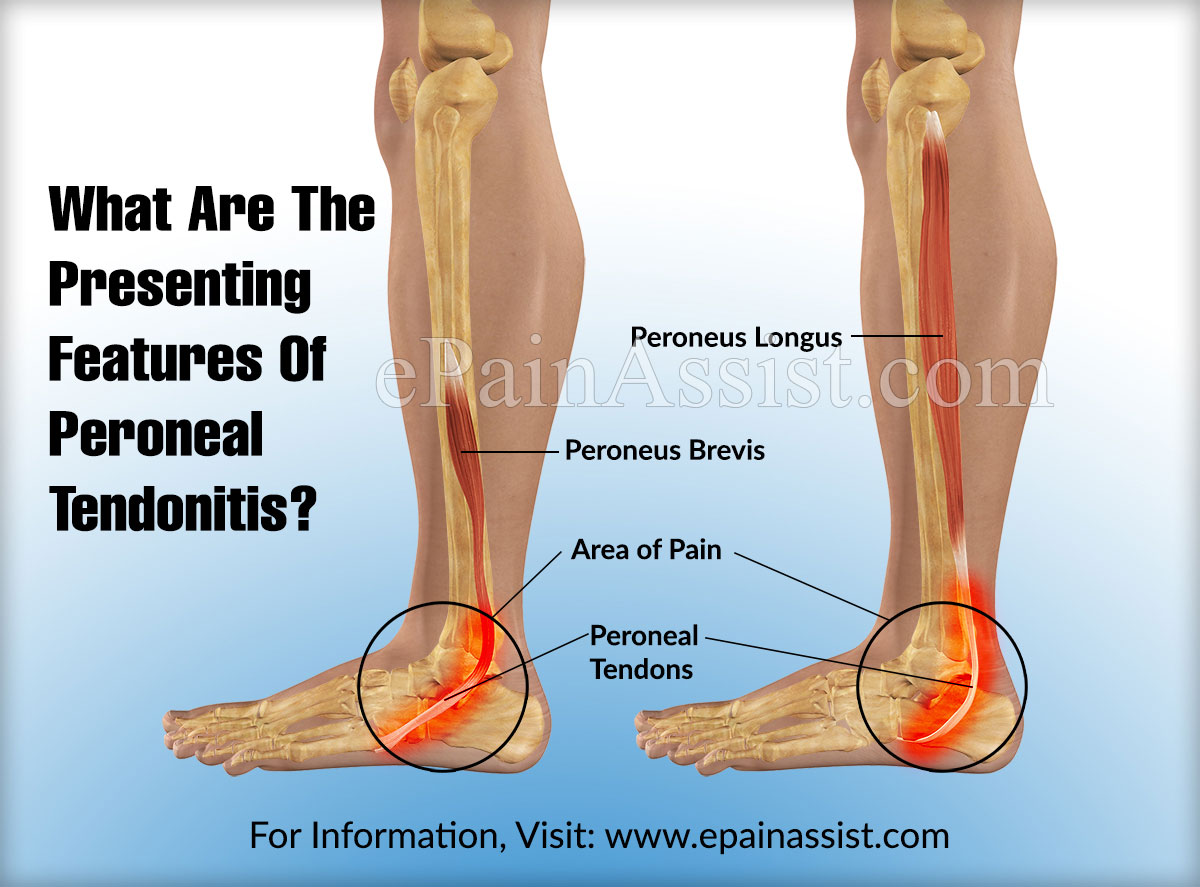Inflammation of the peroneal tendon which lies behind the lateral malleolus is termed as Peroneal Tendonitis. This is normally as a result of overuse of the peroneal tendons when excessive weight is being put on the ankle resulting in the tendon rubbing on to the bone. The resulting friction is what causes the tendon to get inflamed leading to development of Peroneal Tendonitis. Peroneal tendonitis often occurs during the healing phase of ankle sprain. Following the ankle sprain, the ankles become weak and unstable, causing the peroneals to work harder to be able to give the required support to the damaged lateral ankle ligaments. The overwork sets them up for subluxation.
If left untreated, peroneal tendonitis can result in thickening of the tendons which may cause intense pain and even difficulty walking or running. Peroneal Tendonitis is a condition which is commonly seen in athletes who run a lot as running is what causes maximum friction between the peroneal tendon and the bones resulting in the development of Peroneal Tendonitis.
Some of the other factors that contribute towards Peroneal Tendonitis are a sudden increase in weightbearing activities like jumping or running, improper training mechanics, and unsupportive footwear.

What Are The Presenting Features Of Peroneal Tendonitis?
Peroneal Tendonitis can either come on suddenly or can develop gradually over a period of time. If this condition comes on suddenly then it is termed as acute peroneal tendonitis and when it develops gradually over time then it is termed as chronic peroneal tendonitis.
The presenting features of both acute and chronic cases of peroneal tendonitis are quite similar with the patient experiencing severe pain on the outside part of the ankle. This pain tends to get worse with any activity involving the affected foot and improves a bit when resting it.
Rotation of the foot also causes severe pain in individuals with Peroneal Tendonitis. There will be swelling on the outside part of the ankle. Gait imbalance is yet another prominent presenting feature of Peroneal Tendonitis.
There will be difficulty to ambulate normally and any weight put on the affected foot will cause pain. Additionally, the affected foot will feel warm and tender to touch which is a classic sign for inflammation of the tendon or Peroneal Tendonitis.
Also Read:
